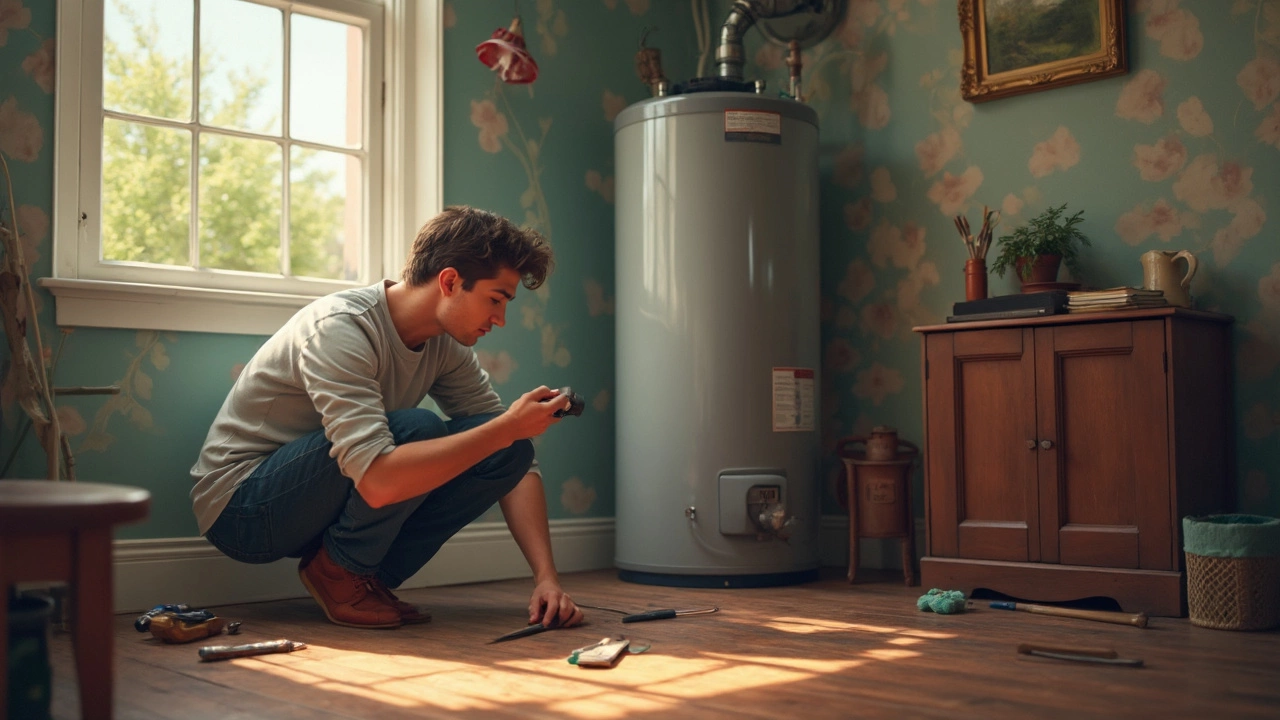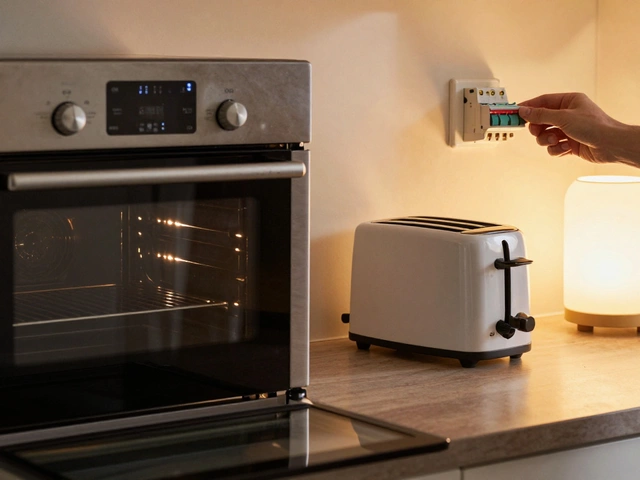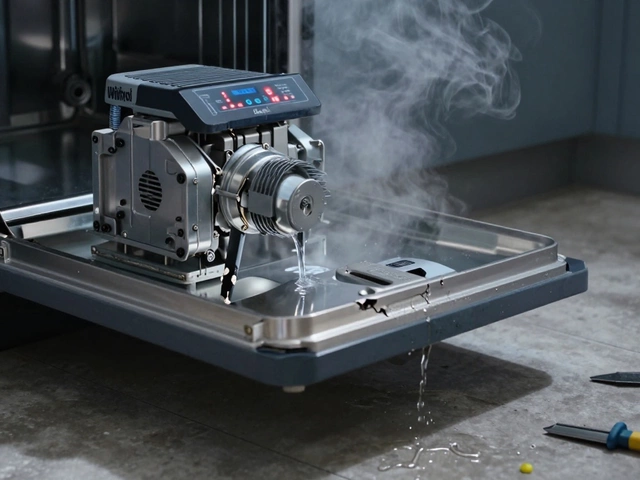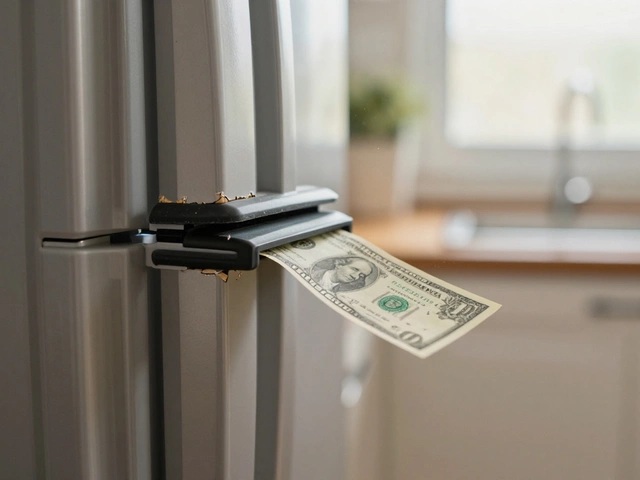Fixing Water Heater: Easy Tips to Get Hot Water Back
If your shower suddenly turns cold or the heater keeps shutting off, you’re probably looking for a quick fix. The good news is many water‑heater problems are easy to diagnose and solve without calling a pro. Below are the most common reasons a heater misbehaves and the steps you can take right now.
Why Your Heater Keeps Tripping
First, understand what makes a water heater trip. Most modern units have a high‑temperature safety switch that shuts the unit down when it gets too hot. This can happen for three main reasons:
- Faulty thermostat. If the thermostat reads the water temperature wrong, it may tell the heater to stay on longer than it should.
- Scaling or sediment. Over time, mineral deposits build up at the bottom of the tank, reducing heat transfer and causing the element to overheat.
- Loose or corroded wiring. A bad connection can create a short that forces the breaker to trip.
Knowing the cause helps you pick the right fix.
Quick Fixes You Can Try
1. Reset the heater. Most units have a red reset button near the thermostat. Press and hold it for about 5 seconds. If the button pops back out, the heater is back online. If it pops out again right away, you have a bigger issue.
2. Check the power supply. Make sure the breaker for the heater is on. If it’s tripped, flip it back and see if the heater stays on. A breaker that trips repeatedly points to a wiring problem.
3. Flush the tank. Turn off the power or gas, connect a garden hose to the drain valve, and let the water run until it’s clear. This removes sediment that can cause overheating.
4. Test the thermostat. If you’re comfortable with a multimeter, set it to the ohms setting and check the thermostat’s resistance. A reading that’s far off the spec means you need a new thermostat.
5. Inspect the heating element. For electric heaters, a burnt‑out element will trigger the safety switch. Again, a multimeter can tell you if the element is broken. Replacing an element is usually cheap and doable in an hour.
If any of these steps feel beyond your skill level, it’s wise to call a qualified repair service. Trying to tinker with gas connections or major electrical parts without training can be dangerous.
Regular maintenance makes future fixes less likely. Once a year, turn off the heater, drain a few gallons, and wipe the inside with a soft cloth. Check the anode rod (the metal stick that looks like a big nail) for corrosion and replace it if it’s worn out. These small habits keep the tank clean and the heater running efficiently.
When you know the basics—reset button, power check, flushing, and simple parts testing—you can solve most hot‑water hiccups on the spot. Keep a basic toolkit handy, write down the model number, and you’ll be ready for the next time your water runs cold. If the problem persists after these steps, contact a professional. A quick call can save you from a costly replacement and get your showers back to normal faster than you think.
What Usually Breaks on a Water Heater and How to Fix It
- Alden Wilder
- Apr 11 2025
- 0 Comments
Water heaters are essential, but they can be frustrating when they malfunction. This article dives into common problems like thermostat failure, sediment buildup, and anode rod corrosion. Learn practical tips on identifying these issues and simple DIY fixes before you call a pro. Discover how regular maintenance can prevent most disasters.
View More




